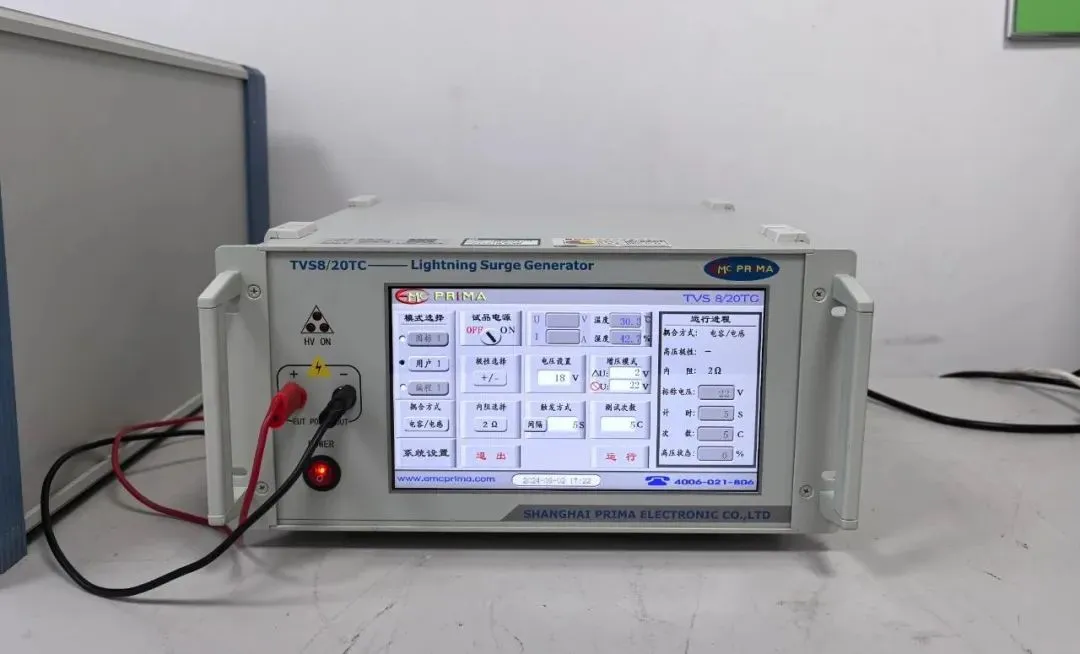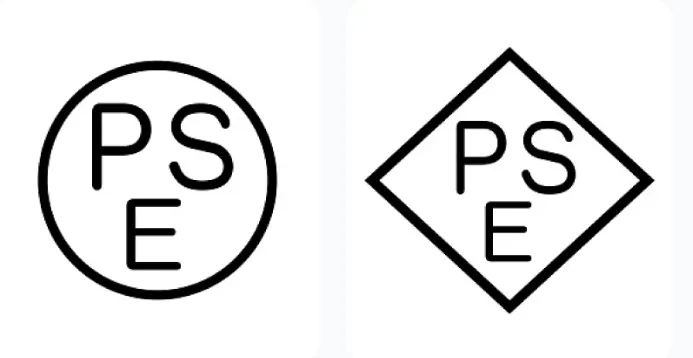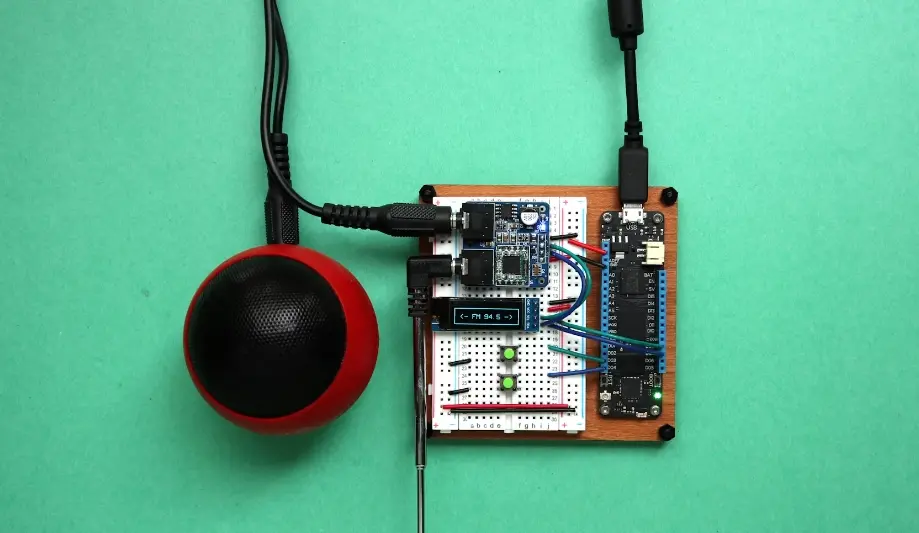
Baby Stroller CE Certification : EN 1466:2004 Testing
Baby strollers are not only the favorite mode of transportation for babies during walks but also an essential item for mothers when taking their babies shopping. However, depending on the baby’s growth and intended use, baby strollers can be divided into various types.
European CE certification Standard for Baby Strollers
EN 1466:2004
Child care articles – Carry cots and stands – Safety requirements and test methods
This standard covers safety requirements and testing methods for baby strollers and related stands.
European CE Certification Directive for Baby Strollers
GPSD – General Product Safety Directive 2001/95/EC
Scope of EN 1466:2004 CE Standard for Baby Strollers
This European Standard specifies safety requirements and test methods for products designed to carry a child lying down by means of handle(s), and for stands that may be used in conjunction with these products. These products are intended for children who cannot sit unaided, roll over, or push up on their hands and knees, with a maximum weight of 9 kg. In this standard, these items are referRED to as "carry cots," including all types with rigid or soft sides, as well as Moses baskets and similar articles. Any additional functions of the product must comply with relevant European standards.
European ce certification process for Baby Strollers
1. Submit the CE certification application form
2. Prepare test samples and English technical documentation (user manual, ce label, material reports, parts list, Declaration of Conformity (DOC), etc.)
3. Conduct European standard testing of samples at JJR laboratory in China
4. Review and rectify technical documentation
5. After passing tests, NB (Notified Body) reviews the test reports and technical documents
6. Upon approval, the factory receives the ce certificate
7. Affix the CE mark on the baby stroller and enter the EU market smoothly
Email:hello@jjrlab.com
Write your message here and send it to us
 Canadian Rug Flammability Testing
Canadian Rug Flammability Testing
 Toy Flammability Test Compliance Certification
Toy Flammability Test Compliance Certification
 ISO 17025 Accredited Test Laboratory
ISO 17025 Accredited Test Laboratory
 What is Amazon California Proposition 65?
What is Amazon California Proposition 65?
 New METI Registration Regulations in Japan
New METI Registration Regulations in Japan
 Attention for Amazon Japan Sellers: New PSE Regula
Attention for Amazon Japan Sellers: New PSE Regula
 Compliance with Japanese Representative & METI
Compliance with Japanese Representative & METI
 ZigBee-LoRa-Z-Wave Product compliance testing
ZigBee-LoRa-Z-Wave Product compliance testing
Leave us a message
24-hour online customer service at any time to respond, so that you worry!




